
China's Africa Interests Driven By Race For Renewables
As the ninth Forum on China–Africa Cooperation (September 4-6) kicks off in Beijing, a new, green theme is shaping their relationship: the global renewable energy race.
Lauren Johnston, a development economist with expertise in China-Africa relations , provides some insights here into this development as it positions both regions as key players in the global shift towards green energy.
How is the race for green energy shaping relations between China and Africa?The global climate crisis has created a push for renewable energy technology – like solar or wind power – which would lessen reliance on polluting energy sources. China saw some years ago that it had a chance to lead in such a new industry.
Africa is home to a lot of the important minerals needed to create renewable technologies – like copper, cobalt and lithium, key ingredients in battery manufacture. The race for green energy is therefore leading to a rush for these minerals in Africa, led by China, the US and Europe.
Chinese mining presence in Africa, which is much lower than Western presence , is concentrated in five countries: Guinea, Zambia, South Africa, Zimbabwe and the Democratic Republic of Congo (DRC).
Among them, the DRC, Zambia and Zimbabwe are the crucible of the new green energy race in Africa. They are home to Africa's copper belt and the greatest store of lithium, copper and cobalt.
The DRC is particularly important. It has significant reserves of cobalt and high grade copper, as well as lithium. Cobalt is an unusually hard metal with a high melting point and magnetic properties. It is a key ingredient in lithium batteries.
More than 70% of the world's cobalt is produced in the DRC and 15%-30% of that is produced by artisanal (informal) and small-scale mining.

Legal Disclaimer:
MENAFN provides the
information “as is” without warranty of any kind. We do not accept
any responsibility or liability for the accuracy, content, images,
videos, licenses, completeness, legality, or reliability of the information
contained in this article. If you have any complaints or copyright
issues related to this article, kindly contact the provider above.

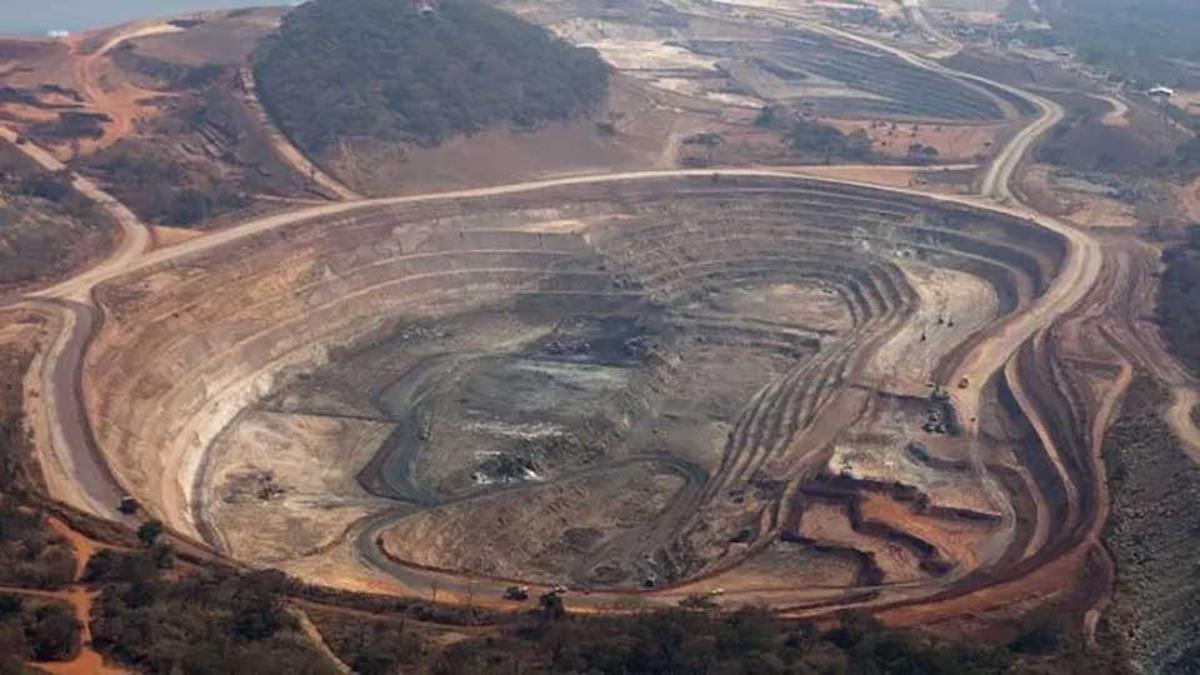
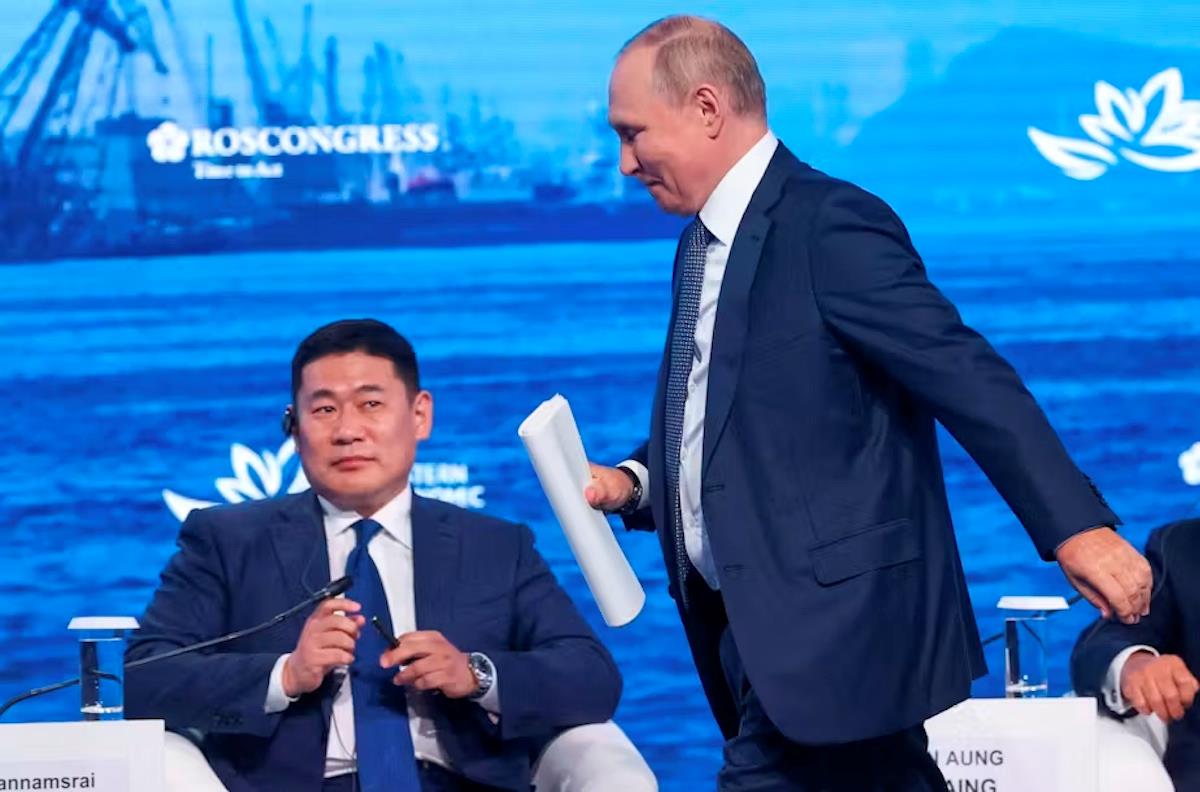
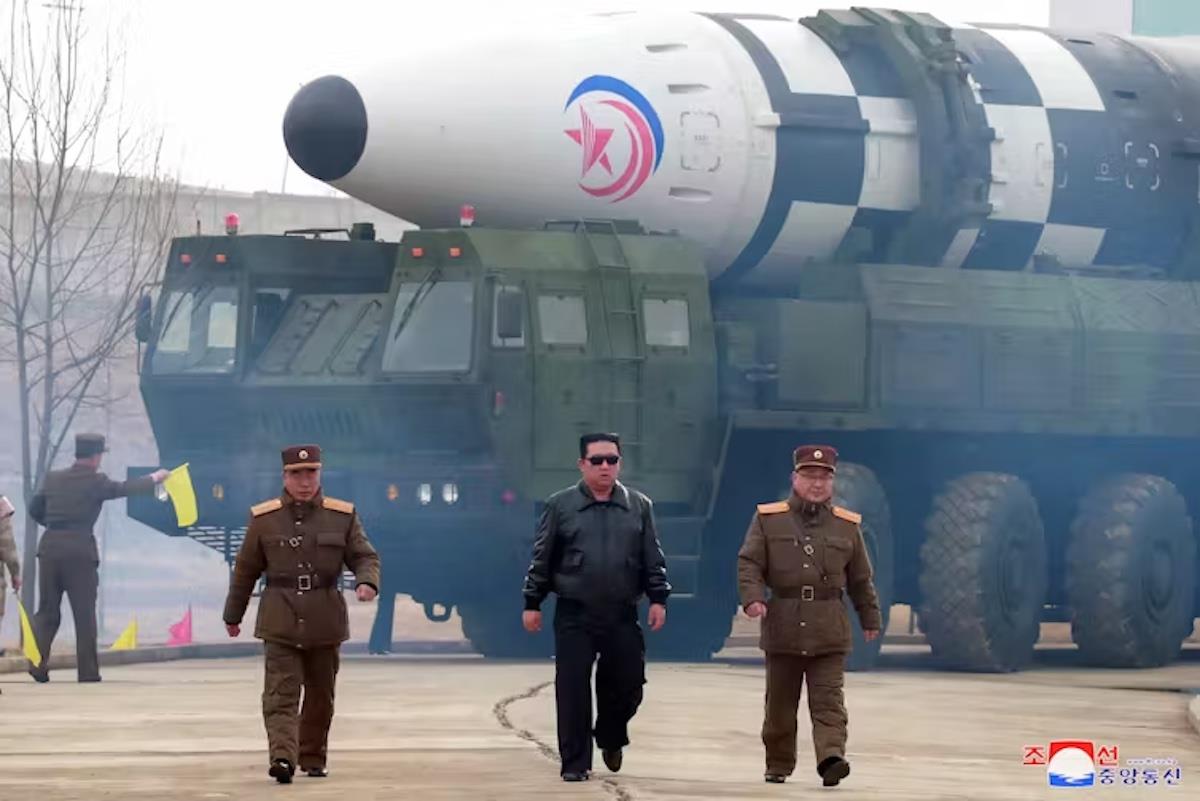
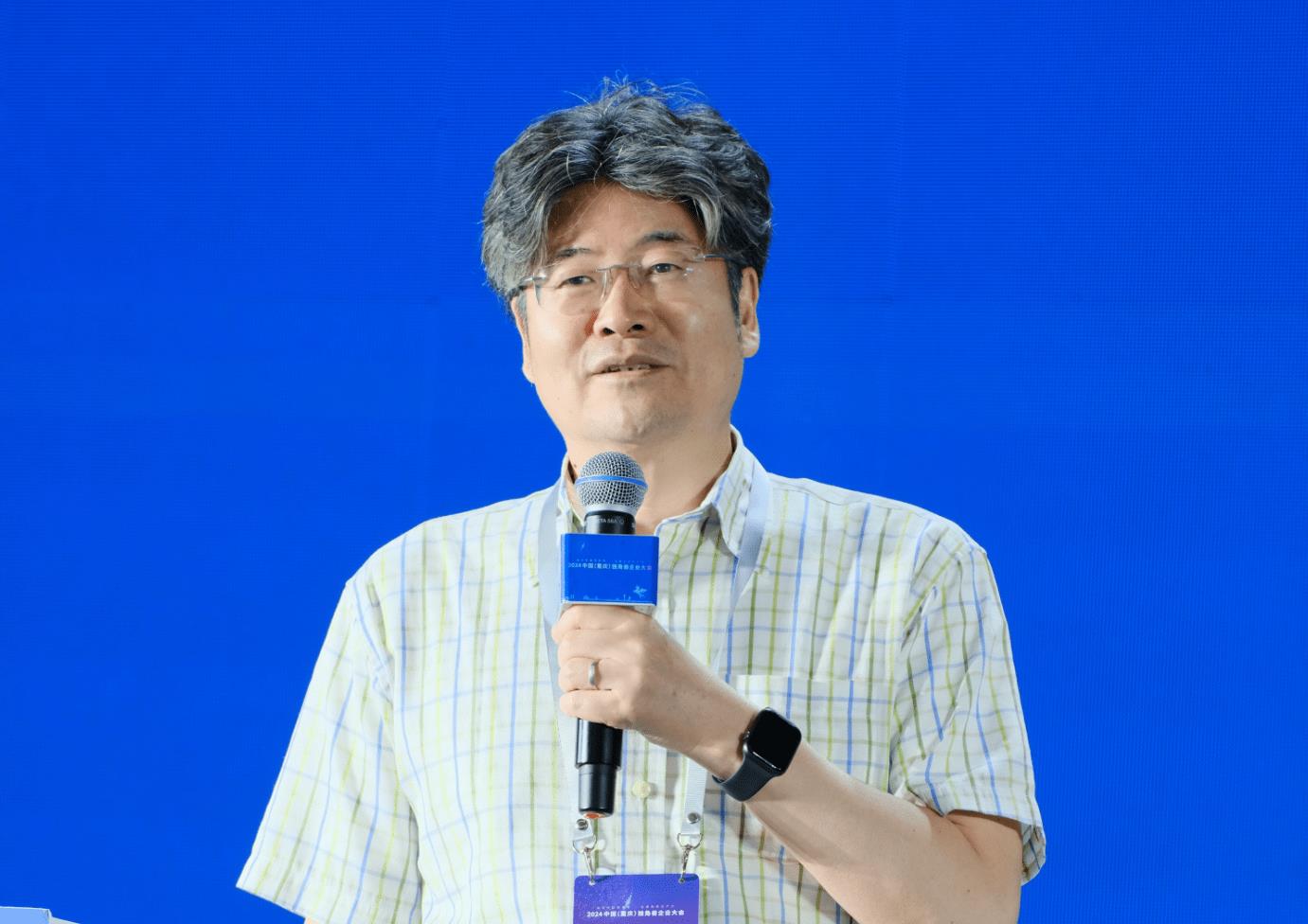
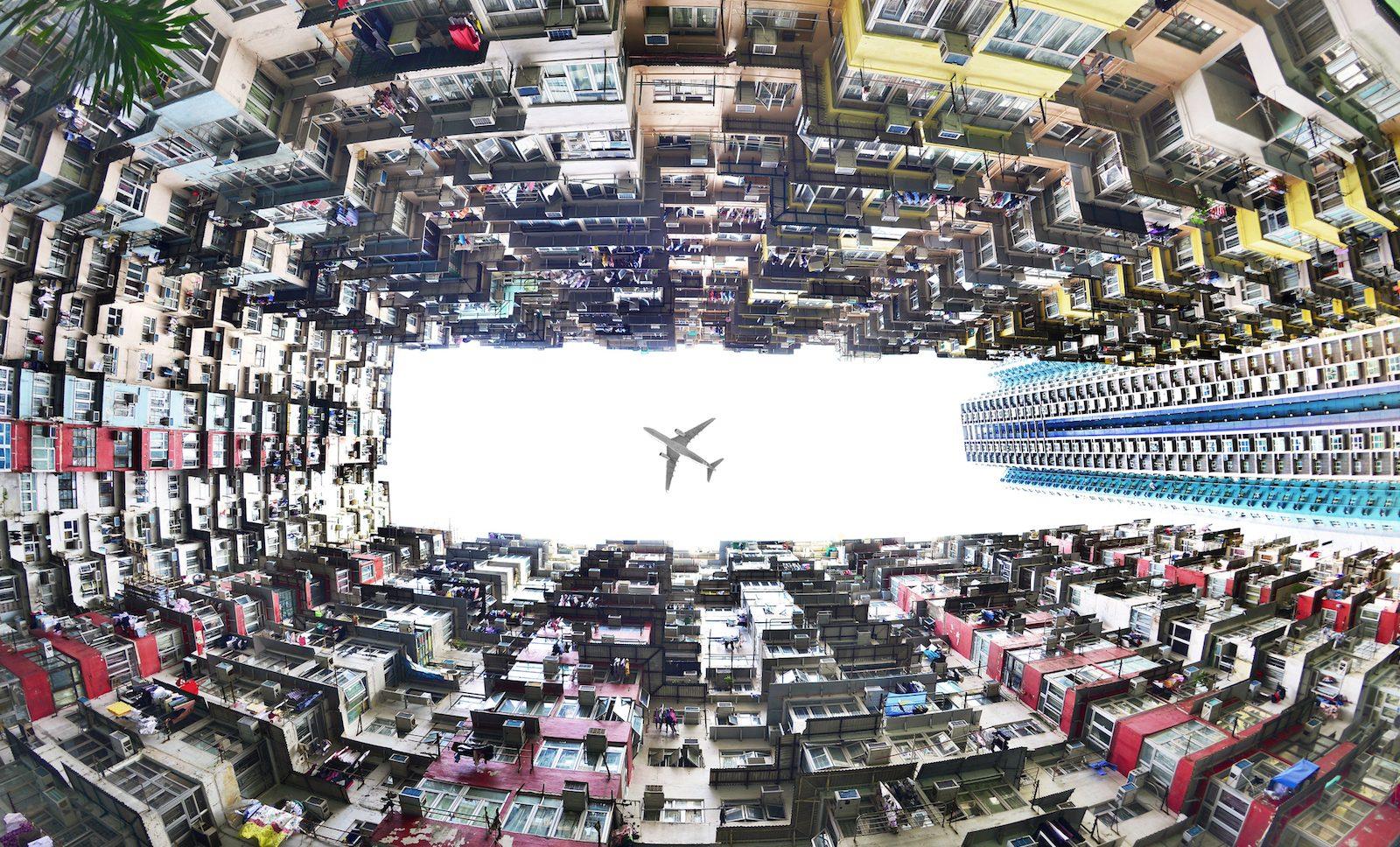















Comments
No comment